Photo



Lac Alaotra bamboo lemur (Hapalemur alaotrensis)
The Lac Alaotra bamboo lemur is a bamboo lemur. It is endemic to the reed beds in and around Lac Alaotra, in northeast Madagascar. This lemur is the only primate specifically adapted to living in papyrus reeds. Unlike other bamboo lemurs, the Lac Alaotra bamboo lemur does not eat bamboo; instead, it feeds on the stems of papyrus reeds, shoots of the grass Phragmites communis, and two other species of grasses. Its tail and body are both 40 cm on average. It is considered as ’Critically Endangered’ by the IUCN red list, due primarily to continuing decline in area in addition to exploitation through unsustainable hunting pressure! These causes have not ceased, and will to a large extent not be easily reversible.
photo credits: Jotaguru, abcdetc, lemurinn
#I love them and I'm gonna go see them at the London zoo#animals#lemurs#Hapalemur alaotrensis#Lac Alaotra bamboo lemur#gentle lemur
281 notes
·
View notes
Text
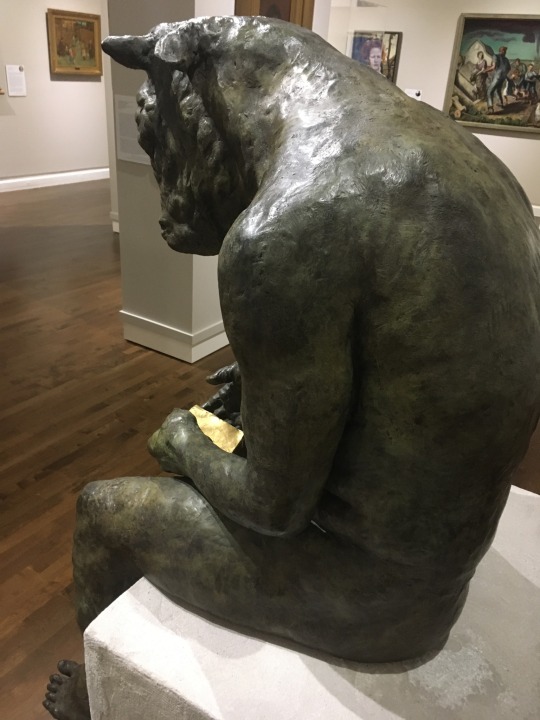
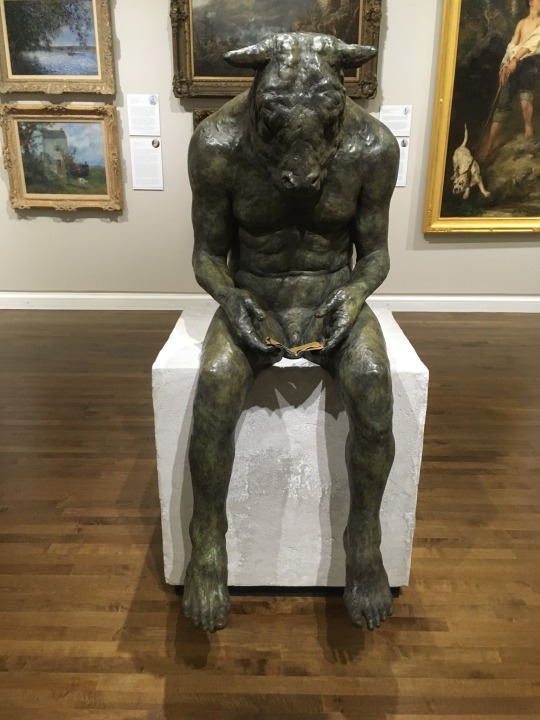
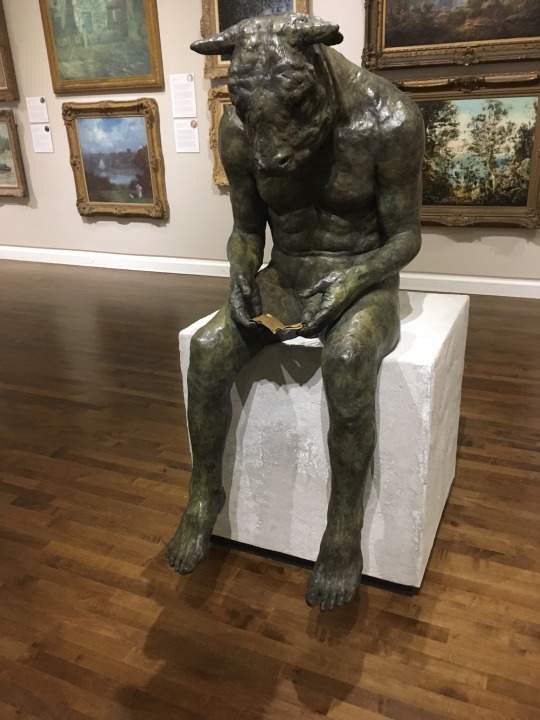
Recently I went to one of my favorite museums of all times, the Muskegon Art Museum, and discovered this new bronze by UK artist, Beth Carter, Minotaur Reading. When people think of the myth of the Minotaur it’s almost always in context of his violence, his lust, his impossible body. Here all that is swept away with this monstrous form reading a small golden book. This made me crazy happy to see.
64K notes
·
View notes
Note
I think this is a "yes and" situation. I fundamentally agree that art education is deliberately gatekept and undermined, that the general public doesn't know very much about art history and it would be immensely beneficial if this knowledge was more widely available. God knows I would go absolutely insane for an entire room with pigment samples and their usages. Jackson's often posts reels about it, but they're not a museum, they're an art's supply company which...... yeah, I realise the irony. There is a beautiful little collection of pigments at the Deutsches Museum in Munich with dye samples of wool, but no paintings. The Deutsches Museum is, of course, a science museum, and this is in the Chemistry section. In short, I am a nerd who's passionate about every part of the process of creating art and crafts, and also about art interpretation through a historically informed lens. We absolutely need art communicators.
That said, I think this approach should be complementary to art appreciation and to imply it's necessary for someone to know any of this in order to enjoy their visit to an art exhibition misses the point. The enjoyment of art is not about knowledge. Knowledge will undoubtedly enrich your experience and add layers to its meaning. But what is meant by "abstract art brings to you what you bring to it" is that you should feel something. What you bring is your lived experience. If someone who doesn't know anything about Duchamp's Fountain looks at it and feels repulsed, confused and indignant, that is experiencing it. Maybe they'll look up what the point of the damned thing was afterwards or maybe they won't, but the fundamental point of art is the feeling something part.
When I go to an art museum I tend to look up where the pieces I want to see are in advance. Because of the autism. And yet, once I get there, while keeping in mind where I want to go, I wander and I take in the exhibit, and I approach things that catch my eye. I go to an art museum to be enchanted. And I inevitably discover an artist that I knew nothing about because a certain artwork of theirs made me feel something. And I stare at it for a while, and I write down the name of the artist, and afterwards I make a point of looking up information about them and the rest of their work. Again, because of the autism. But that part is not necessary. I do it because I enjoy it. The important part is seeing something that moves you, something that speaks to your individual experience of life. And sometimes that's a portrait of a little dog by Charles van den Eycken you see on your Tumblr dashboard, or a sculpture by Bouke de Vries. And you don't need to know anything about when, why or how they were created for you to have an emotional reaction to them.
This is also something that has infiltrated art creation. People think they need to be "good at it" for anything to be artistically valuable, when the only point of creating your own art is to express yourself.
This mentality comes into play as well when we're confronted with art we simply don't like. This is particularly relevant to modern art. It's wonderful to be able to appreciate artwork for its historical significance, or for the complexity of the techniques used that are only noticeable to the trained artist's eye, but time is finite, we can only know so much, and if a piece of artwork doesn't call to you, you are under no obligation to learn about it in order to gain appreciation for it. There's artwork out there that would change your life if only you had context for it before you saw it, but the circumstances leading to learning about it in advance are out of your control. You can, however, always work backwards to learn more about a piece to which you felt an immediate connection. Whether a piece of artwork is historically relevant is much less important to me than whether I like it. Going into an art museum in order to find things you like should be at the heart of it.
As an aside, if anybody wants to learn more about art history, Crash Course just came out with an ongoing playlist taught by Sarah Urist Green, art museum curator and wife to local tumblrina @sizzlingsandwichperfection-blog.
I would be very interested in hearing the museum design rant

by popular demand: Guy That Took One (1) Museum Studies Class Focused On Science Museums Rants About Art Museums. thank u for coming please have a seat
so. background. the concept of the "science museum" grew out of 1) the wunderkammer (cabinet of curiosities), also known as "hey check out all this weird cool shit i have", and 2) academic collections of natural history specimens (usually taxidermied) -- pre-photography these were super important for biological research (see also). early science museums usually grew out of university collections or bequests of some guy's Weird Shit Collection or both, and were focused on utility to researchers rather than educational value to the layperson (picture a room just, full of taxidermy birds with little labels on them and not a lot of curation outside that). eventually i guess they figured they could make more on admission by aiming for a mass audience? or maybe it was the cultural influence of all the world's fairs and shit (many of which also caused science museums to exist), which were aimed at a mass audience. or maybe it was because the research function became much more divorced from the museum function over time. i dunno. ANYWAY, science and technology museums nowadays have basically zero research function; the exhibits are designed more or less solely for educating the layperson (and very frequently the layperson is assumed to be a child, which does honestly irritate me, as an adult who likes to go to science museums). the collections are still there in case someone does need some DNA from one of the preserved bird skins, but items from the collections that are exhibited typically exist in service of the exhibit's conceptual message, rather than the other way around.
meanwhile at art museums they kind of haven't moved on from the "here is my pile of weird shit" paradigm, except it's "here is my pile of Fine Art". as far as i can tell, the thing that curators (and donors!) care about above all is The Collection. what artists are represented in The Collection? rich fucks derive personal prestige from donating their shit to The Collection. in big art museums usually something like 3-5% of the collection is ever on exhibit -- and sometimes they rotate stuff from the vault in and out, but let's be real, only a fraction of an art museum's square footage is temporary exhibits. they're not going to take the scream off display when it's like the only reason anyone who's not a giant nerd ever visits the norwegian national museum of art. most of the stuff in the vault just sits in the vault forever. like -- art museum curators, my dudes, do you think the general public gives a SINGLE FUCK what's in The Collection that isn't on display? no!! but i guarantee you it will never occur, ever, to an art museum curator that they could print-to-scale high-res images of artworks that are NOT in The Collection in order to contextualize the art in an exhibit, because items that are not in The Collection functionally do not exist to them. (and of course there's the deaccessioning discourse -- tumblr collectively has some level of awareness that repatriation is A Whole Kettle of Worms but even just garden-variety selling off parts of The Collection is a huge hairy fucking deal. check out deaccessioning and its discontents; it's a banger read if you're into This Kind Of Thing.)
with the contents of The Collection foregrounded like this, what you wind up with is art museum exhibits where the exhibit's message is kind of downstream of what shit you've got in the collection. often the message is just "here is some art from [century] [location]", or, if someone felt like doing a little exhibit design one fine morning, "here is some art from [century] [location] which is interesting for [reason]". the displays are SOOOOO bad by science museum standards -- if you're lucky you get a little explanatory placard in tiny font relating the art to an art movement or to its historical context or to the artist's career. if you're unlucky you get artist name, date, and medium. fucker most of the people who visit your museum know Jack Shit about art history why are you doing them dirty like this
(if you don't get it you're just not Cultured enough. fuck you, we're the art museum!)
i think i've talked about this before on this blog but the best-exhibited art exhibit i've ever been to was actually at the boston museum of science, in this traveling leonardo da vinci exhibit where they'd done a bunch of historical reconstructions of inventions out of his notebooks, and that was the main Thing, but also they had a whole little exhibit devoted to the mona lisa. obviously they didn't even have the real fucking mona lisa, but they went into a lot of detail on like -- here's some X-ray and UV photos of it, and here's how art experts interpret them. here's a (photo of a) contemporary study of the finished painting, which we've cleaned the yellowed varnish off of, so you can see what the colors looked like before the varnish yellowed. here's why we can't clean the varnish off the actual painting (da vinci used multiple varnish layers and thinned paints to translucency with varnish to create the illusion of depth, which means we now can't remove the yellowed varnish without stripping paint).
even if you don't go into that level of depth about every painting (and how could you? there absolutely wouldn't be space), you could at least talk a little about, like, pigment availability -- pigment availability is an INCREDIBLY useful lens for looking at historical paintings and, unbelievably, never once have i seen an art museum exhibit discuss it (and i've been to a lot of art museums). you know how medieval european religious paintings often have funky skin tones? THEY HADN'T INVENTED CADMIUM PIGMENTS YET. for red pigments you had like... red ochre (a muted earth-based pigment, like all ochres and umbers), vermilion (ESPENSIVE), alizarin crimson (aka madder -- this is one of my favorite reds, but it's cool-toned and NOT good for mixing most skintones), carmine/cochineal (ALSO ESPENSIVE, and purple-ish so you wouldn't want to use it for skintones anyway), red lead/minium (cheaper than vermilion), indian red/various other iron oxide reds, and apparently fucking realgar? sure. whatever. what the hell was i talking about.
oh yeah -- anyway, i'd kill for an art exhibit that's just, like, one or two oil paintings from each century for six centuries, with sample palettes of the pigments they used. but no! if an art museum curator has to put in any level of effort beyond writing up a little placard and maybe a room-level text block, they'll literally keel over and die. dude, every piece of art was made in a material context for a social purpose! it's completely deranged to divorce it from its material context and only mention the social purpose insofar as it matters to art history the field. for god's sake half the time the placard doesn't even tell you if the thing was a commission or not. there's a lot to be said about edo period woodblock prints and mass culture driven by the growing merchant class! the met has a fuckton of edo period prints; they could get a hell of an exhibit out of that!
or, tying back to an earlier thread -- the detroit institute of arts has got a solid like eight picasso paintings. when i went, they were kind of just... hanging out in a room. fuck it, let's make this an exhibit! picasso's an artist who pretty famously had Periods, right? why don't you group the paintings by period, and if you've only got one or two (or even zero!) from a particular period, pad it out with some decent life-size prints so i can compare them and get a better sense for the overarching similarities? and then arrange them all in a timeline, with little summaries of what each Period was ~about~? that'd teach me a hell of a lot more about picasso -- but you'd have to admit you don't have Every Cool Painting Ever in The Collection, which is illegalé.
also thinking about the mit museum temporary exhibit i saw briefly (sorry, i was only there for like 10 minutes because i arrived early for a meeting and didn't get a chance to go through it super thoroughly) of a bunch of ship technical drawings from the Hart nautical collection. if you handed this shit to an art museum curator they'd just stick it on the wall and tell you to stand around and look at it until you Understood. so anyway the mit museum had this enormous room-sized diorama of various hull shapes and how they sat in the water and their benefits and drawbacks, placed below the relevant technical drawings.
tbh i think the main problem is that art museum people and science museum people are completely different sets of people, trained in completely different curatorial traditions. it would not occur to an art museum curator to do anything like this because they're probably from the ~art world~ -- maybe they have experience working at an art gallery, or working as an art buyer for a rich collector, neither of which is in any way pedagogical. nobody thinks an exhibit of historical clothing should work like a clothing store but it's fine when it's art, i guess?
also the experience of going to an art museum is pretty user-hostile, i have to say. there's never enough benches, and if you want a backrest, fuck you. fuck you if going up stairs is painful; use our shitty elevator in the corner that we begrudgingly have for wheelchair accessibility, if you can find it. fuck you if you can't see very well, and need to be closer to the art. fuck you if you need to hydrate or eat food regularly; go to our stupid little overpriced cafeteria, and fuck you if we don't actually sell any food you can eat. (obviously you don't want someone accidentally spilling a smoothie on the art, but there's no reason you couldn't provide little Safe For Eating Rooms where people could just duck in and monch a protein bar, except that then you couldn't sell them a $30 salad at the cafe.) fuck you if you're overwhelmed by noise in echoing rooms with hard surfaces and a lot of people in them. fuck you if you are TOO SHORT and so our overhead illumination generates BRIGHT REFLECTIONS ON THE SHINY VARNISH. we're the art museum! we don't give a shit!!!
4K notes
·
View notes
Text

Charles Van den Eycken - May I? (1884)
6K notes
·
View notes
Text
i think "it takes a village" shouldn't be just "to raise a child". we should understand it takes a village to do literally everything we do. all day every day. without our communities we would not have drinking water or electricity or clean streets or food or shelter or anything. we cannot do any thing alone. we just can't. and with that comes the fact that you are not alone. you already have a community, seek to be an active part of it, you will feel better. reach out and thank them, they're happy to have you too. i promise. it takes a village to live.
10K notes
·
View notes
Text
instagram: smacmccreanor
17K notes
·
View notes
Text
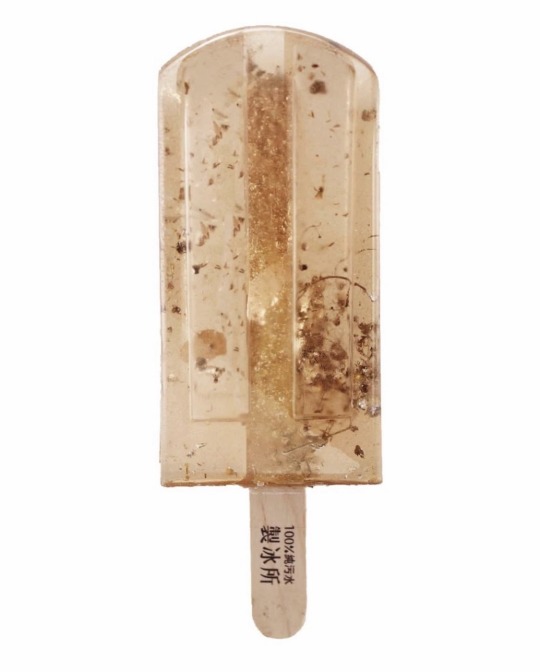




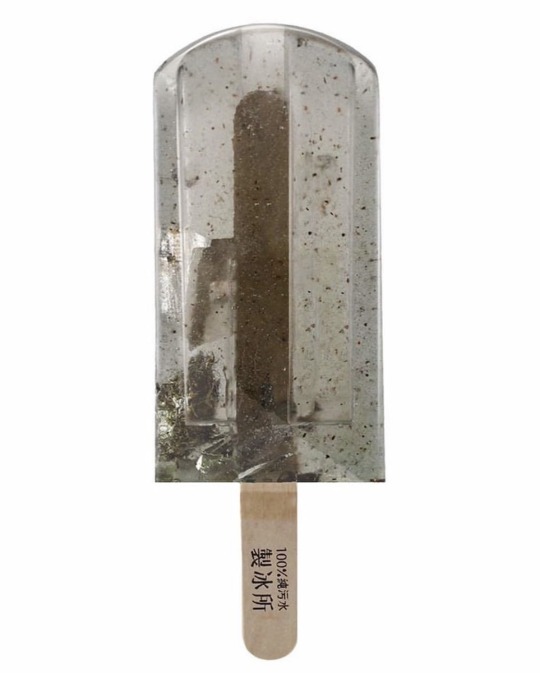
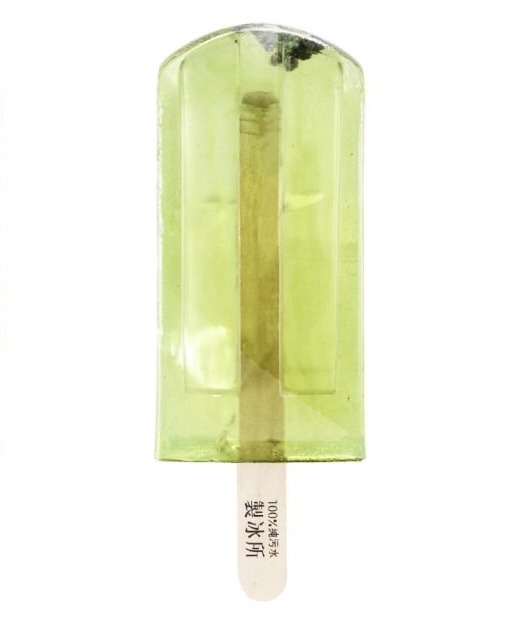
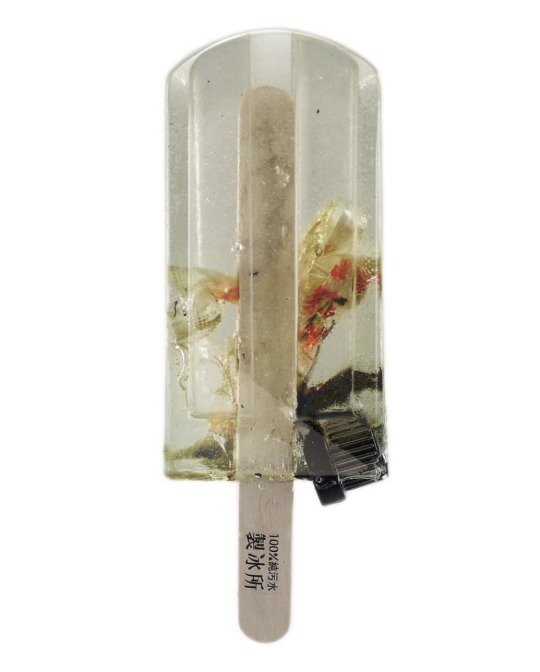
‘Polluted Water Popsicles’ (2017) by: Hung I-chen, Guo Yi-hui & Chen Yu-ti
Addressing the issue of water pollution, the artists collected samples from 100 locations across Taiwan, first freezing the liquids and then preserving their creations in resin.
18K notes
·
View notes
Text
I talk to many people who say things like "oh I have trauma but I don't have PTSD", but then when I talk to them a little more I realize that they most likely do, they just can't recognize it as such due to how lacking PTSD awareness is, even beyond the whole "it's not just a veteran's disorder" thing.
The main reason they think they don't have PTSD usually has to do with flashbacks and nightmares, either they have one but not the other or have neither. But here's the thing, those are only two symptoms out of the 23-odd recognized symptoms. Flashbacks and nightmares are two of the five symptoms under Criterion B (Intrusion), which you only need one of for a diagnosis. The other three symptoms are unwanted upsetting memories, emotional distress after being reminded of trauma and physical reactivity after being reminded of trauma (i.e. shaking, sweating, heart racing, feeling sick, nauseous or faint, etc). Therefore you can have both flashbacks and nightmares, one but not the other, or neither and still have PTSD.
In fact, a lot of the reasons people give me for why they don't think they have PTSD are literally a part of the diagnostic criteria.
"Oh, I can barely remember most parts of my trauma anyway." Criterion D (Negative Alterations in Cognition and Mood) includes inability to recall key features of the trauma.
"Oh but I don't get upset about my trauma that often because I avoid thinking of it or being around things that remind me of it most of the time." Criterion C (Avoidance) includes avoiding trauma-related thoughts or feelings and avoiding trauma-related external reminders, and you literally cannot get diagnosed if you don't have at least one of those two symptoms.
"Oh I just have trouble getting to sleep or staying asleep, but I don't have nightmares." Criterion E (Alterations in Arousal and Reactivity) includes difficulting sleeping outside of nightmares.
"But I didn't have many/any trauma symptoms until a long time after the trauma happened." There's literally an entire specification for that.
Really it just shows how despite being one of the most well-known mental illnesses, people really don't know much about PTSD. If you have trauma, I ask you to at least look at the criteria before you decide you don't have PTSD. Hell, even if you don't have trauma, look at the criteria anyway because there are so many symptoms in there that just are not talked about.
PTSD awareness is not just about flashbacks and nightmares.
#C-PTSD#is also characterised by not being a single event but longterm trauma#and that's usually the one you have when you had abusive parents#and what it does is shape your entire fucking personality
47K notes
·
View notes
Text
One of my hips always tells the truth and the other always lies
751 notes
·
View notes
Text
I’m in Poland and they keep showing this pizza advert and it’s amazing.
It starts off with rival pizza makers who argue over who has the best pizza and are driving the customers away


Then there’s this crazy old lady who yells at them from a window to quit it (because where else do you yell business advice from?)

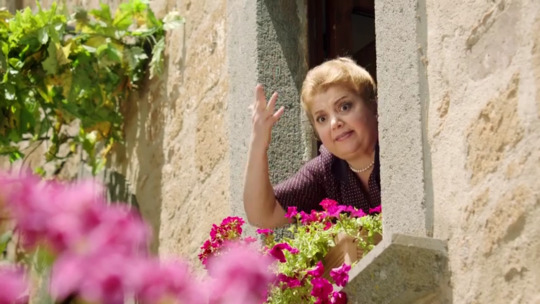
So they work together and do some obvious flirting via pizza montage


And the old lady is all like “just kiss already”
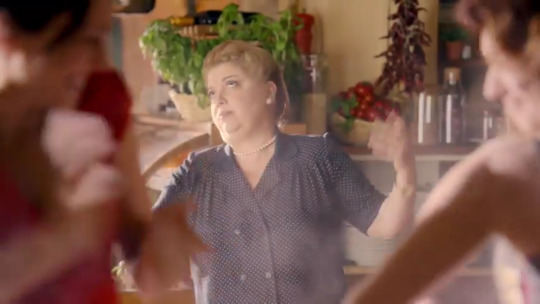
Then they create a pizza together, combine restaurants and live happily ever after with the crazy window lady

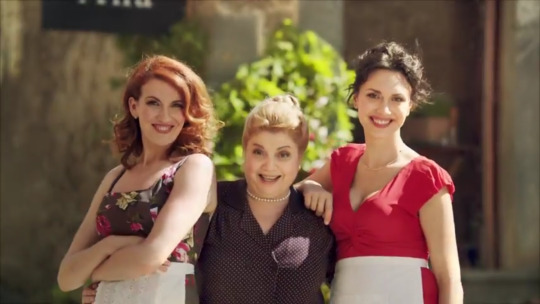
326K notes
·
View notes
Text
I hate work I should be at the (remembers I don't want to go to the club) the imagination
46K notes
·
View notes
Text

Marie Yvonne Laur - Delicious Milk (ca. 1900s)
1K notes
·
View notes
Text
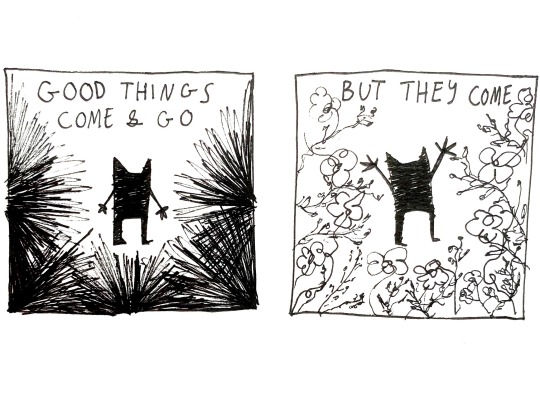
By Wealthy Loser on Instagram
81K notes
·
View notes
Text

thinking about their peaceful morning in the cottage
#this is so soft it's making me YEARN#Good Omens#tv show#fanart#art#digital art#crowley#aziraphale#anthony j. crowley
3K notes
·
View notes
Text
now i'm curious
681 notes
·
View notes
Text
the only downside to being a tall dyke is that everyone assumes you want to be the big spoon
#a blessing and a curse really#I would like to be cuddled like a kitten please#extra tall lesbians where are you
1 note
·
View note
Text
Explanations welcome! No "other" option, sorry.
#no listen#you can’t give the ring to Granny#she’s already fighting her true evil nature so hard#Granny is Galadriel in this#she’ll give you some cryptic instructions and an Item and send you on your way#Rincewind however#really doesn’t want to be there but the narrative doesn’t care#the ring needs to be taken to Mordor and by god he’s not gonna have a choice about it#the luggage already has a taste for orc flesh#discworld#lotr#polls
159 notes
·
View notes